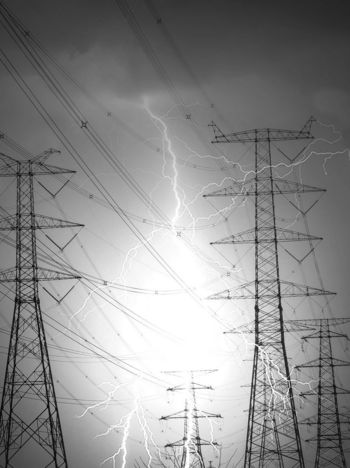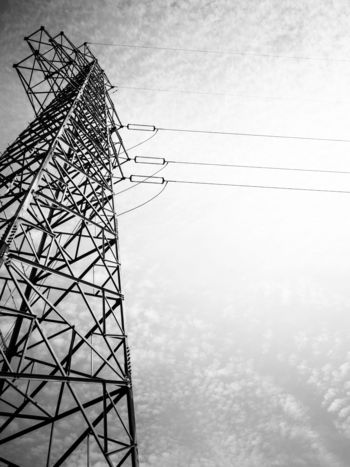Optimal power system planning under growing uncertainty
The electrical industry around the world is undergoing an influential evolution with respect to both technology and regulation. On the supply side, countries set very ambitious goals for the high penetration of renewables in future power systems. The uncertainty and intermittency of renewable energy (RE) complicate real-time power balancing and bring significant challenges to power system planning. On the demand side, electrification of transportation, heating, and cooling brings significant uncertainty. The integration of multiple energy systems diversifies the development path for future power systems. Meanwhile, the rapid development of transmission technologies and equipment essentially brings infinite possibilities and uncertainties to the morphology of future power systems. The worldwide trend of power reform and marketization brings policy and structural uncertainties to the power system. Traditional power system planning is a “routine” that uses deterministic methodologies and fixed criteria, which is similar worldwide. Uncertainties relating to both the “hardware” and “software” of power systems require new methods and new mechanisms for optimal power system planning. This report investigates the uncertainty factors that exist in the power systems around the world and how they are considered in system planning.
Convenor
(CN)
C. KANG
Secretary
(CN)
N. ZHANG
C. SCHAEFER (AU), H. SAMARAKOON (AU), P. MANCARELLA (AU), C. LOPES (BR), CHRISTOPHER REALI (CA), W. SHOAIB (CA), A. SANTANDER (CL), F. STEINKE (DE), M. BRAUN (DE), N.A. CUTULULIS (DK), S. LAURENT (FR), VICTOR LEVI (UK), GARRETH FREEMAN (UK), NOEL CUNNIFFE (IE), J. MACENRI (IE), B. KELLY (IE), P. MAGHOULI (IR), L. GIORGI (IT), S. TSURU (JP), C. DIACONU (RO), V. ZAHARIA (RO), S. ASADAMONGKOL (TH), A. KHODAEI (US), XINGPENG LI (US), G. ANISH (US), C. NDLHOVU (ZA)
Methodology and progress of the work
The investigated dimensions for optimal investment decisions under growing uncertainty will include:
- Collecting the uncertainty factors considered and methodologies employed in the grid planning analysis from countries of all continents at present. Both uncertainties from the generation side and the demand side, transmission level, and distribution level are to be included. Data and overview of the impact of the uncertainties will be covered, to identify the challenges of uncertainty on power systems.
- Summarizing lessons learned from grid planning under growing uncertainty. Collect overview of mechanisms, methods, and criteria of power system planning under growing uncertainty from grid companies or independent system operators. Search and review relevant prior work, in particular CIGRE’s previous papers and brochures.
- Introducing the best practice of planning under growing uncertainty around the world. Identify key grid planning theories and technologies utilized under different market schemes. Access different methods of grid planning under growing uncertainty in different power systems around the world.
- Identifying specific requirements for power system planning under growing uncertainty and carrying out cases study on the real grid configurations. Identify the conclusions and opportunities for further work.
Description of the Technical Brochure
After an introduction in Chapter 1, Chapter 2 provide s a profile of power system planning in the Working Group (WG) member countries. Firstly, the member country in the WG and some general definitions are declared. There are 28 members from 17 countries covering all continents of the world (except the Antarctic). The geographical location of members is shown in Figure 1. Secondly, this chapter introduces how transmission planning is conducted and by whom in each member country. Finally, the development of renewable energy in member countries is presented since renewable energy is one of the major uncertainty factors that is increasing rapidly.
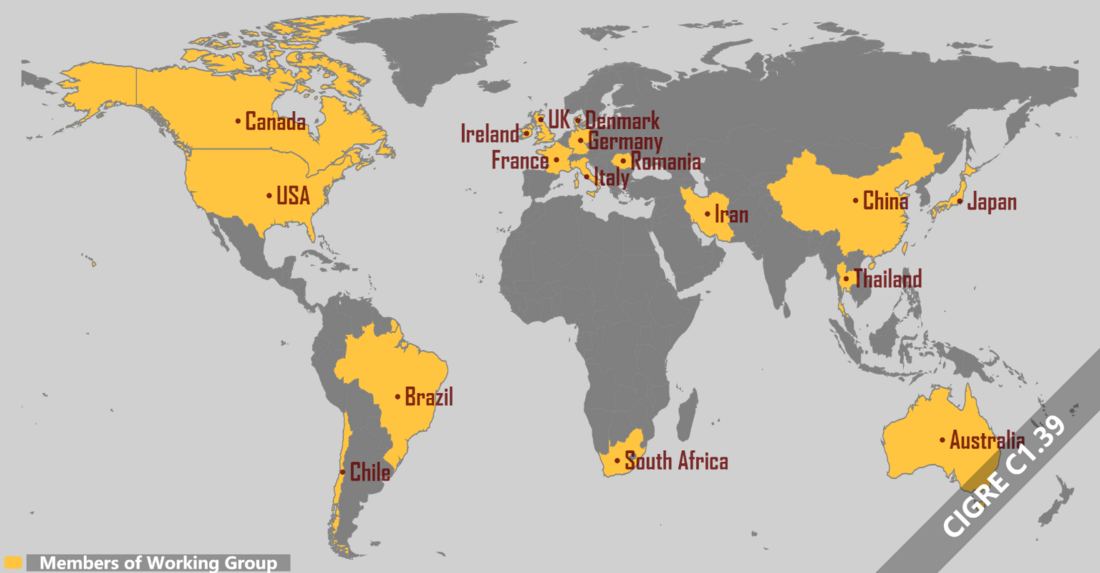
Figure 1 - The geographic location of WG C1.39 member countries
The definition of uncertain factors and how they are addressed in member countries are described in Chapter 3. The uncertainties in transmission system planning include both long-term and short term uncertainty. Long-term uncertainty denotes the deviation of the development of power system generation, transmission, distribution, and load compared with its forecast or planning due to the change of external environments such as technology progress, economic fluctuations, political choices, environmental constraints, and social development in the time scale of years. The short-term uncertainty denotes the unpredictability of power system operation state due to the stochastic nature of weather and consumer behaviour such as the output of renewable energy generation, and charge and discharge behaviour of electric vehicles. Due to differences in the environments in which individual power systems operate, different uncertainty factors are considered by each member country or region. Figure 2 shows the uncertainty considered and uncertainty that exists but has not been considered in the transmission system planning (TSP) of each member.
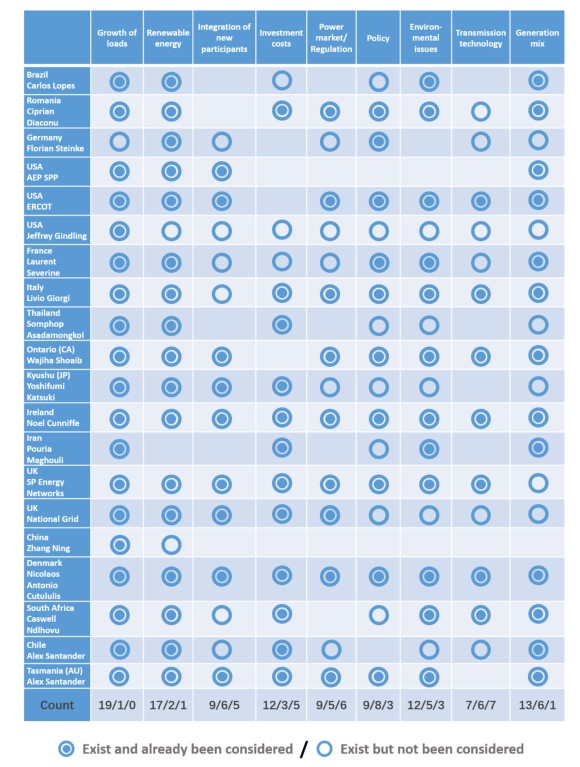
Figure 2 - Uncertainty considered in TSP of members
With all of these uncertainty factors mentioned in Figure 2, many parameters for the optimization of power system planning are stochastic rather than constant. The conventional deterministic method for power system planning can hardly address the challenges presented by growing uncertainty.
Chapter 4 reviews the methodologies addressing uncertainties in power system planning including the scenario-based model, risk-based model, and robust model. The applied uncertainty modelling methods for load and RE in each member country are also concluded in the chapter (Figure 3). For the long term uncertainty of load, most members conduct multiple scenarios to represent the uncertainty. For the short term uncertainty of renewable energy, the number of members who adopt deterministic value is slightly higher.
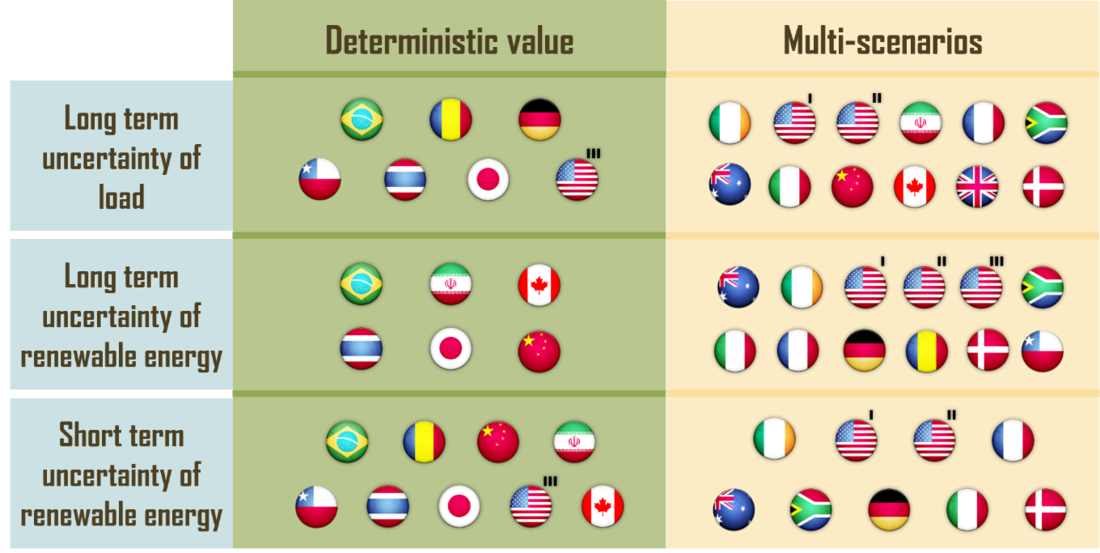
Figure 3 - The applied uncertainty modelling method for load and RE in each member country
Best practices and lessons learned from seven members are given in Chapter 5 including:
- Scenario planning approach in EirGrid
- Ten-year plan of Brazil power system considering scenarios
- Scenario aggregation technique applied in Iran
- Typical operation mode selection based on operation simulation in Qinghai power system, China
- Transmission planning considering uncertainty in ERCOT (USA)
- Impact of renewable uncertainty on transmission planning in Thailand
- Atlantic seaboard study in France
The introduction of applied planning software from members is provided in Chapter 6. The background, characteristics, advantages, and case studies are analyzed. The software introduced are as following:
- Antares and the zonal methodology
- Grid Reliability Adequacy and Risk Evaluator
- MARS and MAPS
- Grid optimal planning tool (GOPT)
- Tazan and pandapower
Chapter 7 describes the barriers to applying uncertainty optimization technology in practical TSP. The barriers affect most steps in the process, according to feedback from members. In general, the acquisition of data, modelling criteria, computational burden, and some practical issues are the four major barriers. Due to different levels of maturity in developing power grids and different practical situations, different countries face different barriers.
Chapter 8 sets out the conclusions made by the Working Group and provides recommendations for future work. The appendices contain the bibliography , the original questionnaire form, and the complete survey results.
Conclusions and main learning points
The key findings of WG C1.39 are summarised as follows:
- The two most frequently considered uncertainty factors in TSP are load growth and renewable energy - they are considered by almost every member of the WG. Renewable energy is regarded as the dominant short term uncertainty in transmission system planning. The integration of new participants such as electric vehicles, storage, and interruptible load, can be characterized as “should be considered but not yet”.
- The commonly used approaches to modelling uncertainties include the probability model, multiple-scenario-based model, and uncertainty sets/intervals.
- Most member countries adopt scenario-based methods to a greater or lesser degree in transmission system planning because it is the easiest way of considering uncertainty. Many of these members combine the scenario-based method with other methods but no one is entirely reliant on using only risk-based or robust/interval methods.
- Scenario-based methods may be best for the near term but, once barriers such as concerns over the trustworthiness of data and methodologies have been overcome, then the risk-based method may become preferred. The combined scenario-based/ robust/ risk-based methods are considered by a considerable number of members as the most suitable approach.
The challenges of conducting uncertainty optimization technology in practical transmission system planning lie on almost every procedure. In future work, we should:
- Establish reliable historical datasets to characterize uncertainties.
- Develop improved algorithms and computational efficiency.
- Make stochastic criteria more acceptable to the public and integrate them into the grid code for power system planning.



